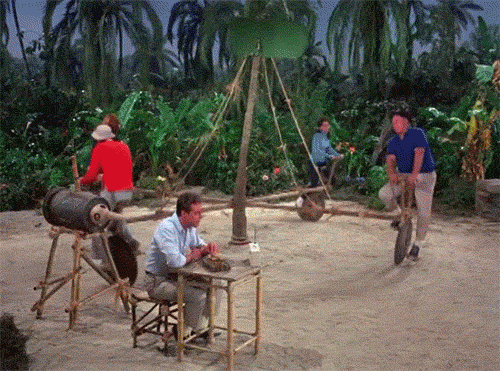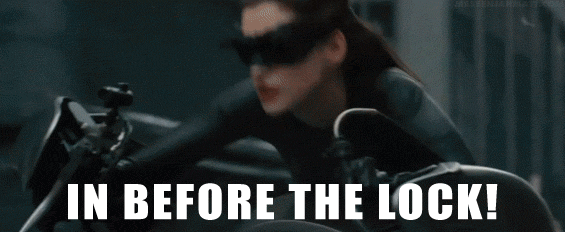TL;DR = Energy Storage is cool! It can help alleviate some of the challenges presented by renewable generation sources. Ask me more if you want!
I work in Energy Storage, which is an excellent solution to many of the challenges presented by trying to incorporate renewable generation into the existing power grid. As has been said already, renewables such as solar and wind power do not generate a specific amount of electricity on demand in the same way that combustibles can. This means that no matter how many wind turbines you have running, if no one needs that electricity right then, you are just gonna have to throw it away (or blow up your transformers, etc). This leads to things like negative electricity pricing, which has shown up many times already in North America, Europe, and Australia (just off the top of my head) due to windfarms in Texas or Scotland or South Australia (for example) having windier days than the loads could account for. HOWEVER, if you have a battery ready to accept that electricity, that negative pricing means THEY WILL PAY YOU TO TAKE IT. And then you wait for the opposite and offer that stored energy when everyone is demanding more moremore power and the prices spike. And you get paid twice for the same power, once on the way into your battery and once on the way out!
We are seeing more and more energy storage options showing up as the technology advances. Surely you've already read about Elon Musk's giant battery in SA that is already working on their grid to support those spikes and sags and take even better advantage of the huge uptick in renewable generation being installed around Australia.
But you can have smaller batteries in your own home to help support renewable absorption too. This is actually required in Hawaii now, iirc, because they were not allowing ANY powerflow outward from your meter ("Net Zero"), meaning that anyone who wanted to install solar was required to also install energy storage to prevent any reverse powerflow onto the grid. Tesla's powerwall is a well-known example of a consumer-grade residential energy storage product of this type. There are many others now, and my previous job was with a company making utility grade products in a similar vein for a few years before Telsa showed up in the market to find more uses for his EV batteries. (My last employer is still around, actually, but I decided to move on to MUCH bigger batteries with a different company.)
Speaking of EV, energy storage is one way we are finding ways to mitigate the environmental impact of disposing of EV batteries at end-of-life. When your car's battery can only get you 25 miles on a single charge, it's probably no longer useful as a family car. But link up hundreds of those for a STATIONARY bank of storage, and you can still get lots of value from them (with some clever software)!
Anyway, I could go on and on about this (and related) topic(s), but I would be pleased to answer any specific questions people have about these things for starters:
- Residential Energy Storage Batteries (measured in kWh and the size of an A/C unit or fridge or other large home appliance)
- C&I Energy Storage Batteries (measured in MWh and the size of a house or bigger!)
- Challenges facing utilities who want to incorporate more renewables into their generation.
- The Grid and Energy Markets and painstakingly balancing them so consumers can just flip the lightswitch on and it magically works!
- The crazy suggestion by the US department of energy to subsidize un-economic Coal plants and how the ENTIRE ENERGY INDUSTRY told them WTFNO! https://www.utilitydive.com/news/ferc-rejects-doe-nopr-kicking-resilience-issue-to-grid-operators/514334/ (the point of this is that renewables are ALREADY cost-effective generation over coal in many cases)






